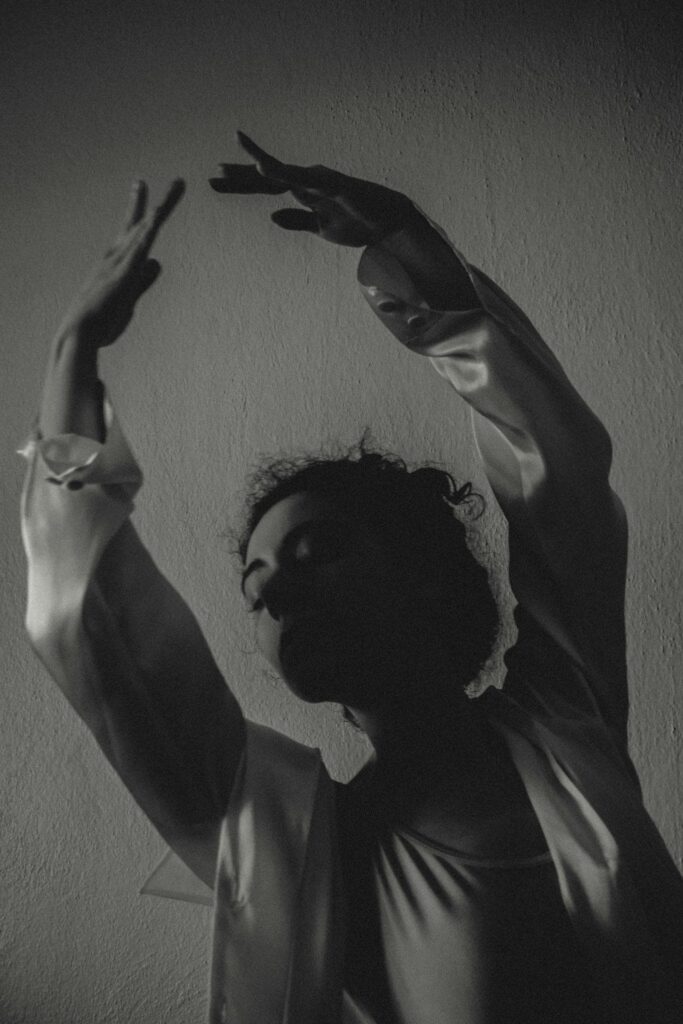Dance has always been a structured art form, with specific techniques, steps, and choreography guiding performers. But what happens when a dancer lets go of predefined movements and allows their body to express itself instinctively? This is the essence of dance improvisation—a powerful tool that allows dancers to explore, create, and connect with movement on a deeper level.
Improvisation is not just about random movements; it’s about trusting the body, responding to music, and embracing spontaneity. Much like the unpredictability of online gaming experiences found on https://fundacionvillalarcyl.es/, where each spin brings something new, dance improvisation thrives on the unknown, offering endless possibilities of movement and expression. Whether you are a trained dancer or someone who simply loves to move, learning the art of improvisation can unlock creativity and build confidence on the dance floor.
The Core Principles of Dance Improvisation
Improvisation in dance is about more than just moving randomly; it involves intentional choices, awareness, and creativity. Here are some key principles that guide effective improvisation:
- Body Awareness – Understanding how your body moves in space helps in making intentional choices.
- Musicality – Reacting to rhythms, beats, and melodies enhances the connection between movement and sound.
- Emotional Expression – Improvisation allows dancers to communicate feelings through movement.
- Spatial Awareness – Using the stage, floor, or open space effectively adds depth to improvisation.
- Risk-Taking – Letting go of fear and stepping outside of comfort zones leads to fresh, exciting movement.
Structured vs. Improvised Dance
| Aspect | Structured Dance | Improvised Dance |
| Movements | Pre-planned and rehearsed | Spontaneous and instinctive |
| Choreography | Fixed and repeatable | Changes with each performance |
| Expression | Defined by style and technique | Open to personal interpretation |
| Creativity | Limited to choreographer’s vision | Driven by the dancer’s intuition |
| Mistakes | Often seen as flaws | Considered part of the exploration |
How to Develop Your Improvisation Skills

For those new to improvisation, it can feel intimidating at first. The idea of moving without a set routine may seem overwhelming, but with practice, it becomes second nature. Here’s how to get started:
- Start with Simple Prompts – Set a focus, such as moving only with one body part or responding to a specific rhythm.
- Use Music as a Guide – Let different genres inspire new movement styles and dynamics.
- Experiment with Levels and Speed – Try moving at different heights and speeds to expand movement vocabulary.
- Dance Without Music – Removing external rhythm forces you to listen to your internal movement impulses.
- Engage with Others – Improvising with a partner or group encourages interaction and creative exchange.
- Record and Reflect – Watching your improvisation can help identify patterns, strengths, and areas for growth.
Improvisation is not about perfection—it’s about exploration. Some movements will feel natural, while others may feel strange or uncomfortable. The key is to stay open, release self-judgment, and enjoy the process.
The Power of Improvisation in Dance and Life
Improvisation isn’t just a dance technique—it’s a mindset. The ability to adapt, express, and create without hesitation is valuable not only in performance but in everyday life. Just as life often throws unexpected challenges our way, improvisation teaches us how to navigate uncertainty with confidence and grace.
Think about it—when was the last time you faced a situation where you had to think on your feet? Whether in conversations, problem-solving, or even unexpected changes in plans, the skills developed through dance improvisation can translate into a greater sense of adaptability and creativity in life.
So, the next time you find yourself hesitating before moving, remember: there are no wrong choices in improvisation—only new paths to explore.The beauty of improvisation lies in its endless possibilities—each movement, like each moment in life, is an opportunity to create something new. By embracing the unknown with an open mind and fearless heart, we allow ourselves to move not just with our bodies, but with our intuition and imagination.
FAQ
How does improvisation help dancers break free from repetitive movement patterns?
It encourages spontaneous decision-making, allowing dancers to discover new pathways and fresh movement ideas.
Can someone with no formal dance training excel in improvisation?
Absolutely! Improvisation is about instinct and expression rather than technical perfection, making it accessible to everyone.
What is one common fear dancers have about improvisation, and how can they overcome it?
Many fear looking awkward or “wrong,” but by embracing mistakes as part of the creative process, dancers can gain confidence and freedom in their movement.


